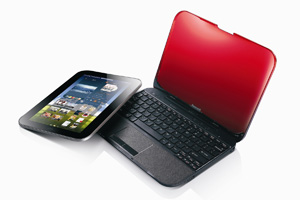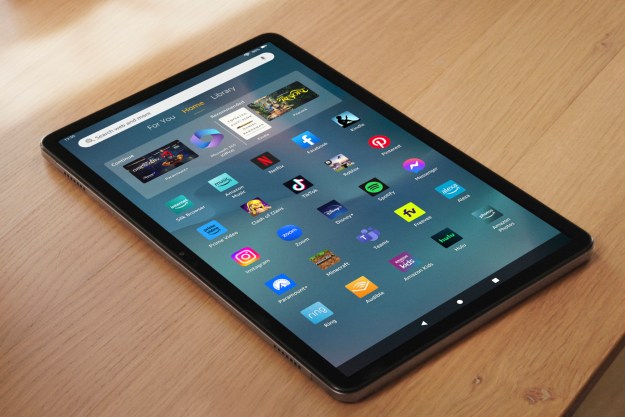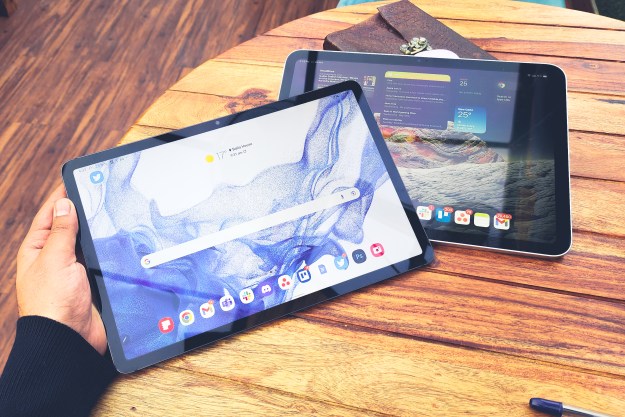
China’s Lenovo is best known for its notebook and desktop computer lines that primarily appeal to business and enterprise customers, but the company has been working to extend its products into the consumer marketplace…and now Lenovo is taking another big step in that direction, announcing it is setting up a separate business group to focus exclusively on smartphones, tablets, and smart TVs.
“Lenovo recognizes the tremendous growth potential of the mobile internet, as well as that of new categories like cloud computing and smart TV, and so we are putting the focus and investments in place to fully capitalize on these opportunities to drive growth in our business today and for many years to come,” said Lenovo CEO Yang Yuanqing, in a statement. “The Mobile Internet and Digital Home Business Group will help us leverage our leadership in the PC arena to create a rich portfolio of Internet-centric devices. At the same time, we’ll use our creativity, innovation, and technical prowess to help our customers navigate the future of personal technology worldwide.”
Lenovo’s first venture into the tablet market is the Lenovo LePad, which combines a media-centric Android tablet with a Snapdragon processor with an Intel-based notebook body: the whole thing is dubbed the IdeaPad U Hybrid. Users can run Windows on the notebook to get things done, then snap off the screen and carry it around as a fun-and-games Android tablet. Lenovo showed the LePad at CES, but the initial version will only be available in China, and the company hasn’t announced plans to introduce it in other markets. Lenovo also offers smartphones in the Chinese market.
In the U.S. market, Lenovo expects to initially focus on tablet devices.
The new unit will be run by Liu Jun, who previously headed up Lenovo’s product group.
Lenovo’s decision to break out a separate product group for consumer-oriented and digital home products marks a renewed determination to diversify the company’s offerings away from its ThinkPad inheritance from IBM. The company launched its own Idea brand in 2008 with an eye towards appealing to consumers, and the company now claims the brand is the fastest-growing PC brand amonst the top six PC vendors worldwide. However, while Lenovo is a major player in the worldwide computer market—accounting for about 10 percent—Lenovo has so far failed to crack the top five PC manufacturers in the U.S. market.
Editors' Recommendations
- The best tablets in 2024: top 11 tablets you can buy now
- I used AR glasses with Android tablets and iPads. Only one was good
- This is OnePlus’ next Android tablet — the OnePlus Pad Go
- It took me 20 minutes to make Amazon’s new Android tablet perfect
- Honor’s new Android phone has a feature we’ve never seen before


